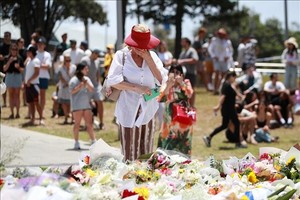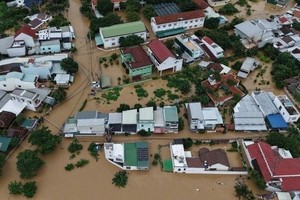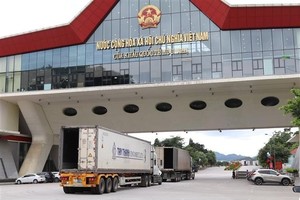
Xinhua News Agency reported that local police said five people were killed in house collapses. Meanwhile, four other bodies were retrieved from a collapsed supermarket in Porac town of Pampanga province, 110 km north of Manila.
Search and rescue works are underway as an unknown number of people are trapped under the debris of the supermarket. The death toll is projected to rise.
The Philippine Institute of Volcanology and Seismology (Phivolcs) said the quake was detected at a depth of 12 km, with an epicentre 18 km northeast of Castillejos, a town in Zambales province in the western part of Luzon.
Phivolcs said it has recorded more than 400 low-magnitude aftershocks since April 22 night. Castilljos town has reported no casualties and no houses or building collapsed.
However, the quake knocked down buildings and walls, cracked road surfaces and damaged churches in Pampanga province and other parts of central Luzon.
After the earthquake, power outages occurred in some affected areas in Luzon and efforts are underway to restore power.
Authorities at the Clark International Airport in Pampanga province suspended operations for 24 hours beginning 7:40 pm (local time) on April 22.
The quake also shook high-rise building in Manila, the Philippine capital.
Public schools and government offices in the city and outlying provinces were closed on April 23 to make way for inspection of the buildings.
Philippine President Rodrigo Duterte has ordered an immediate assessment of areas affected by the earthquake.
The Philippines lies within the Ring of Fire, a vast Pacific Ocean region where many earthquakes and volcanic eruptions occur. Phivolcs records an average of 20 earthquakes a day and 100 to 150 earthquakes are felt per year.
























